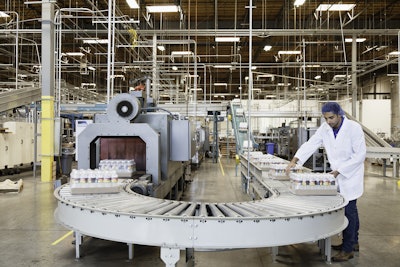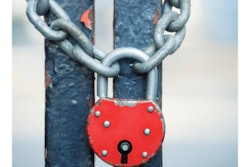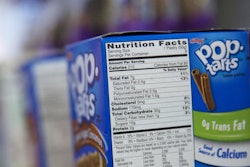
Pests are drawn to food, and it can create huge problems in food facilities. This makes it all the more necessary for all food-related facilities to have a proper Integrated Pest Management (IPM) program in place to maintain the high standards required by their food safety programs.
A food facility’s sanitation is only as successful as their IPM program. The IPM must address both the interior and the exterior of the facility. An IPM program is designed to keep pests out of food facilities rather than taking preventative measures once they have already entered. IPM emphasizes on a non-chemical pest prevention approach and focuses on facility maintenance and sanitation.
Here are six pests which are likely to contaminate your facility:
1. Cockroaches
Cockroaches are one of the toughest pests out there. They can be found in most if not all pest facilities. Cockroaches survive best in cracks and crevices and are able to survive on anything that has a little nutritional value.
2. Flies
Flies are one of the most active and visible pests. They can be eliminated or controlled with a thorough solution that is mostly comprised of sanitation pest control techniques.
3. Rodents
Rodents like rats and mice can thrive in different environments. They are difficult to keep out of any facility as they can fit themselves through tiny spaces. Rats also spread disease and introduce pests like ticks and fleas.
4. Ants
Ants are one of the biggest pest problems in food facilities because they can feed on most any kind of food and reach most anywhere.
5. Birds
Birds are seasonal invaders and can damage your facility in their quest to find a place to nest. Other than damaging your property, birds contaminate your foods as well as creating a source of respiratory fungal disease through their droppings.
6. Employees
Employees are unknowingly responsible for carrying pests like cockroaches, bed bugs or ants from their homes into the facility.
Here are Seven Steps You Can Follow to Maintain an Effective Pest Management Program:
1. Inspection
Scheduling regular inspections is what lays the foundation of an efficient IPM program. These scheduled inspections should cover all the areas where pests are most likely to infiltrate, such as storage rooms, trash areas and loading docks. Consult an IPM professional about the possible points of entry along with the food and water sources which can attract pest infestation.
2. Precautionary Measures
Routine inspections will help uncover any weaknesses in your IPM program but make sure to take the necessary preventative steps before the problem gets out of control. One of the best preventive methods is the inclusion of regular maintenance checks. During these checks, professionals are able to close up all possible entry points and make the entire facility pest-proof. Maintaining cleanliness will also help reduce the risk of infestation.
3. Identification
There are various pests and they all have different characteristics. Identification can make it easier to kill them without harming any other organisms. Your IPM professional will have to identify the pests before starting any form of treatment.
4. Analysis
After identifying the present, you need to figure out why and how they are infesting your facility. The answers to this will lead to the best choice of control techniques.
5. Treatment Selection
When implementing an IPM, emphasize the use of non-chemical treatments like trapping or exclusion before using chemicals. When non-chemical techniques have failed or are inappropriate for the situation, only then will the chemical techniques be implemented in the least harmful dosages. By focusing on the non-chemical treatment techniques first, you can rest assured that your IPM is destroying the pests without affecting your food safety program and work environment.
6. Observations
Pest management is a process that needs to be constantly monitored for any activity. Changes in your facility and certain operational changes can safeguard your facility against infestations and help eliminate pests that are already present. Your staff needs to work together with pest management professionals in identifying the hot spots and taking the right preventative measures.
7. Documentation
The food safety auditor’s visit can be the deciding factor in whether your food facility continues operating or not. Your pest control can be accountable for as much as 20 percent of the total score, so it’s important that your IPM program shows some audit time. Maintain an updated account of your pest control documents since they are one of the first signs that your auditor notices about your facility. Your important documents are comprised of pest activity reports, trap layout maps, applicator licenses, lists of approved pesticides, service reports, scope of service and the corrective action reports.

















